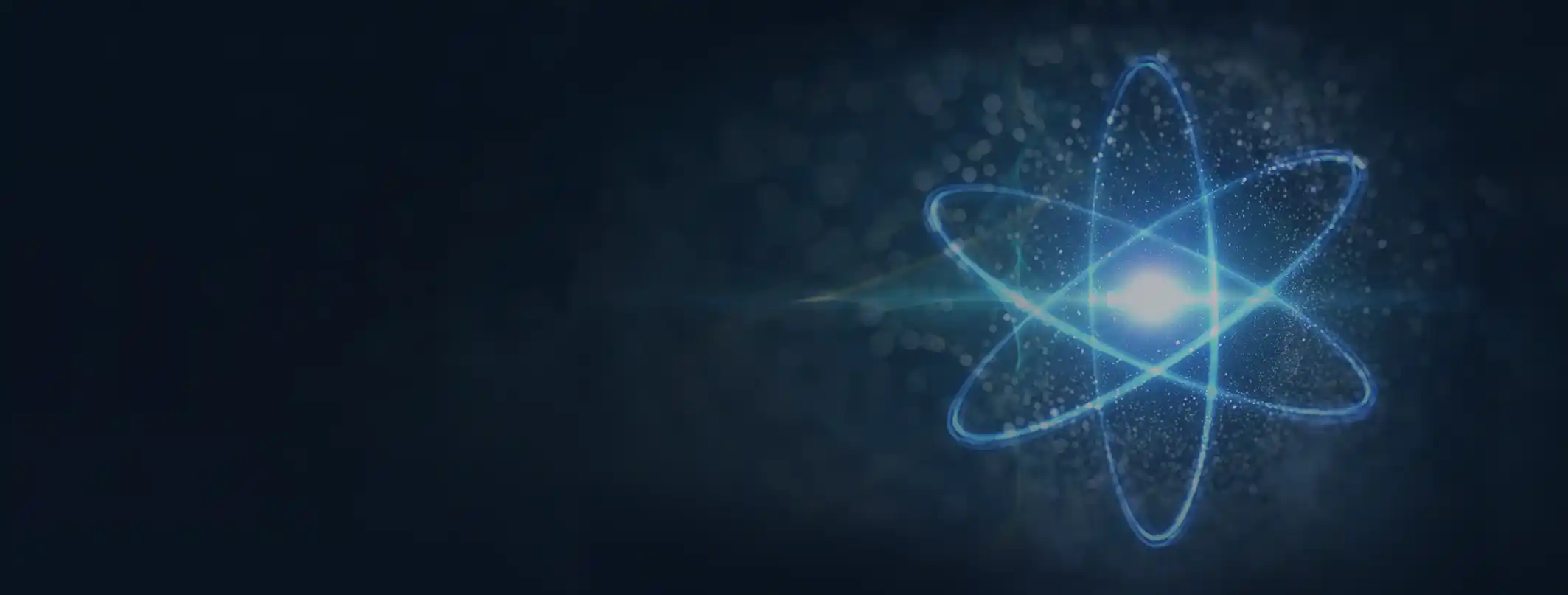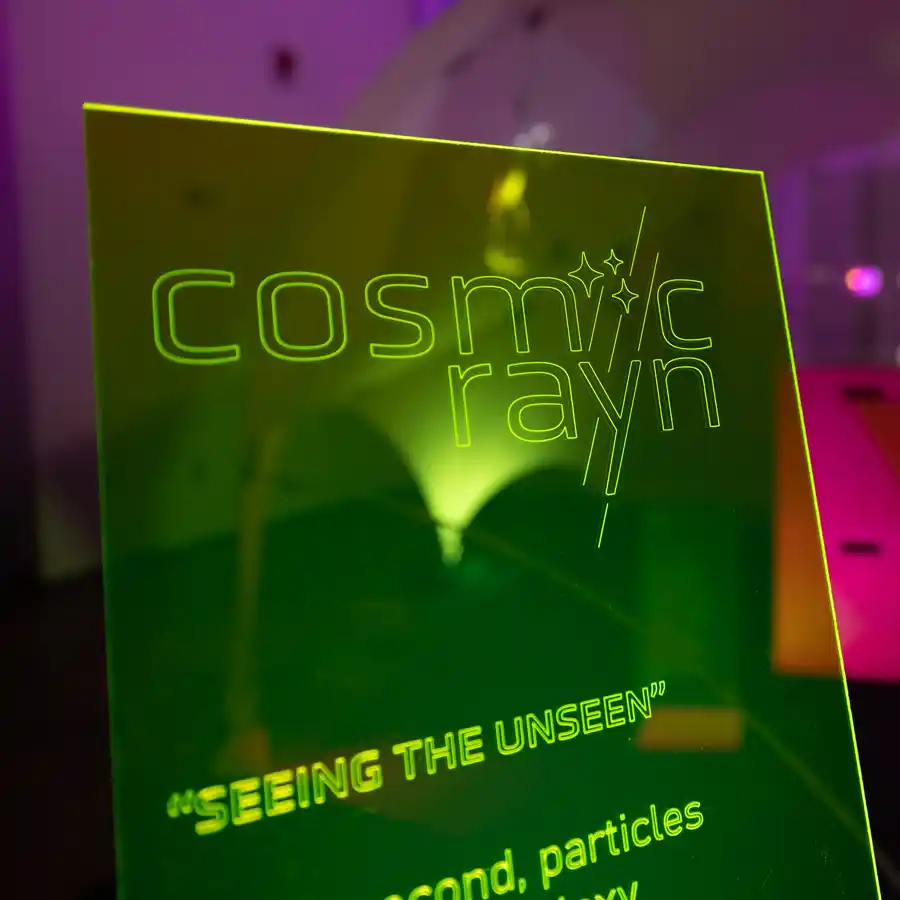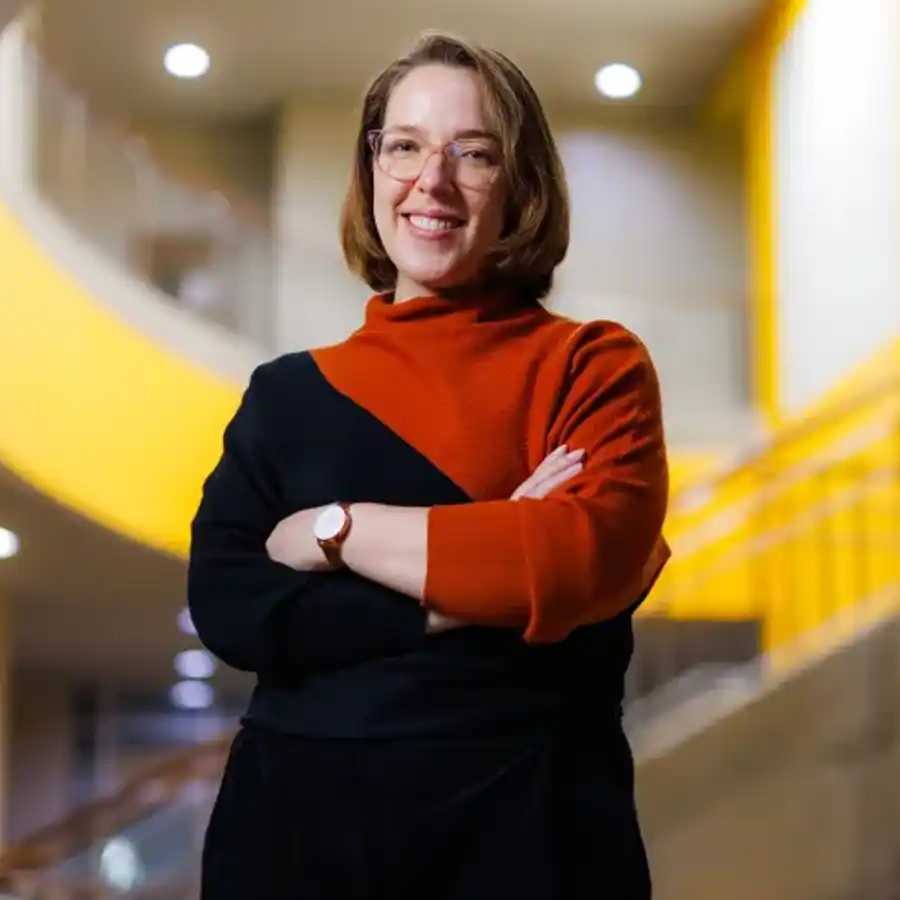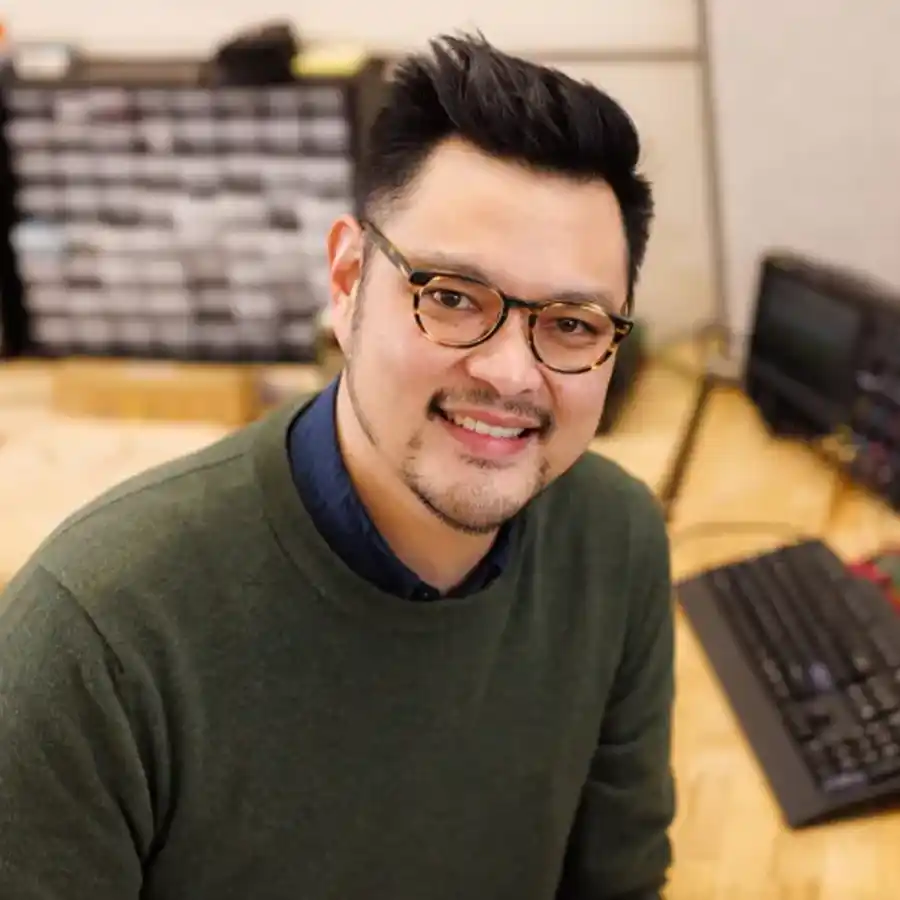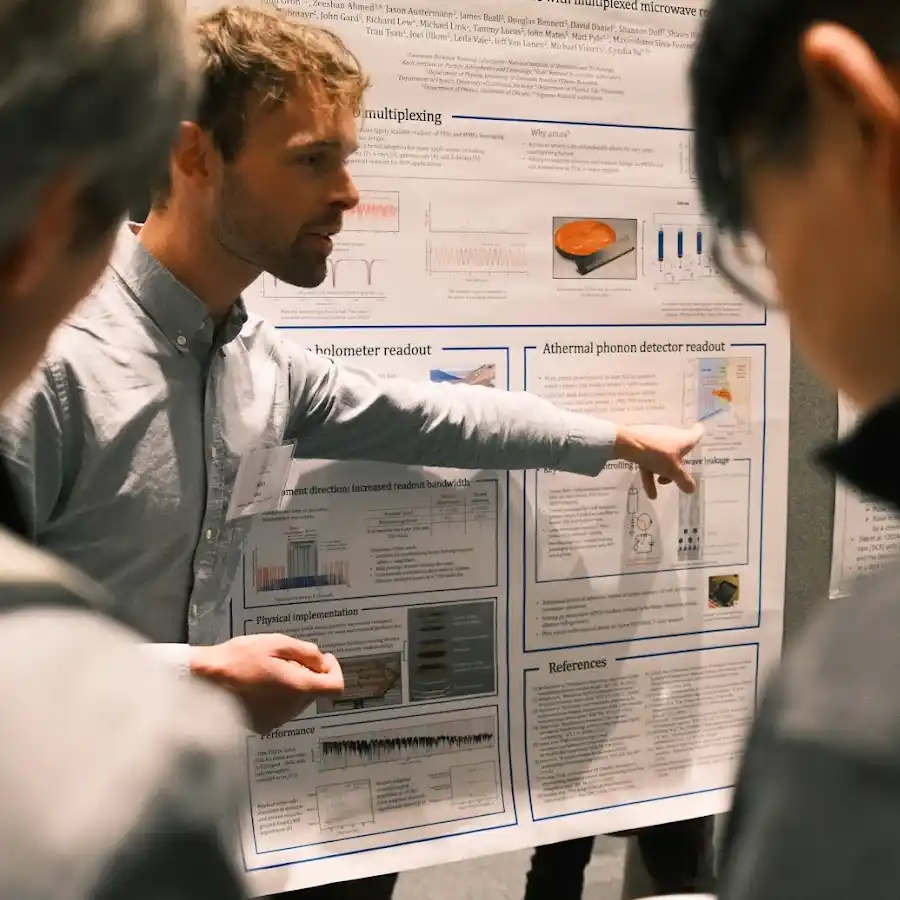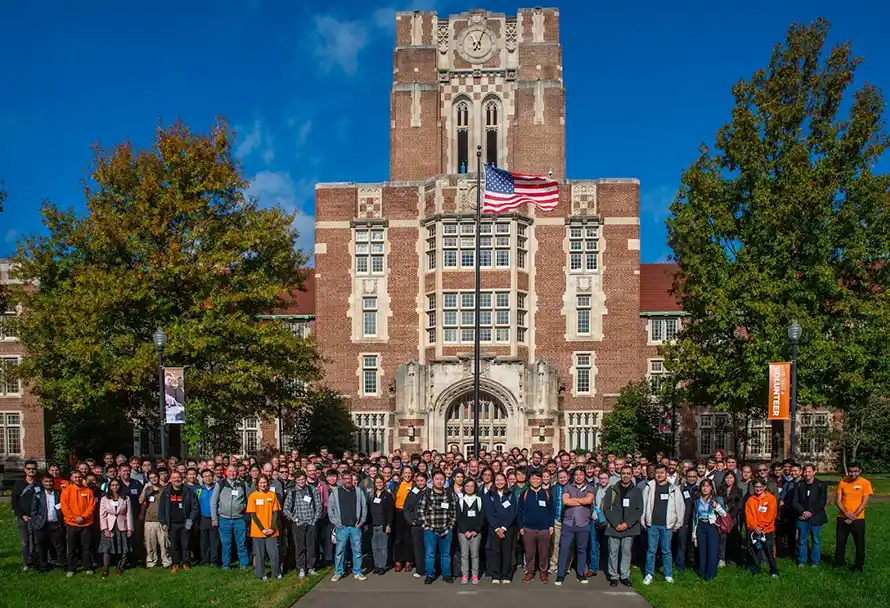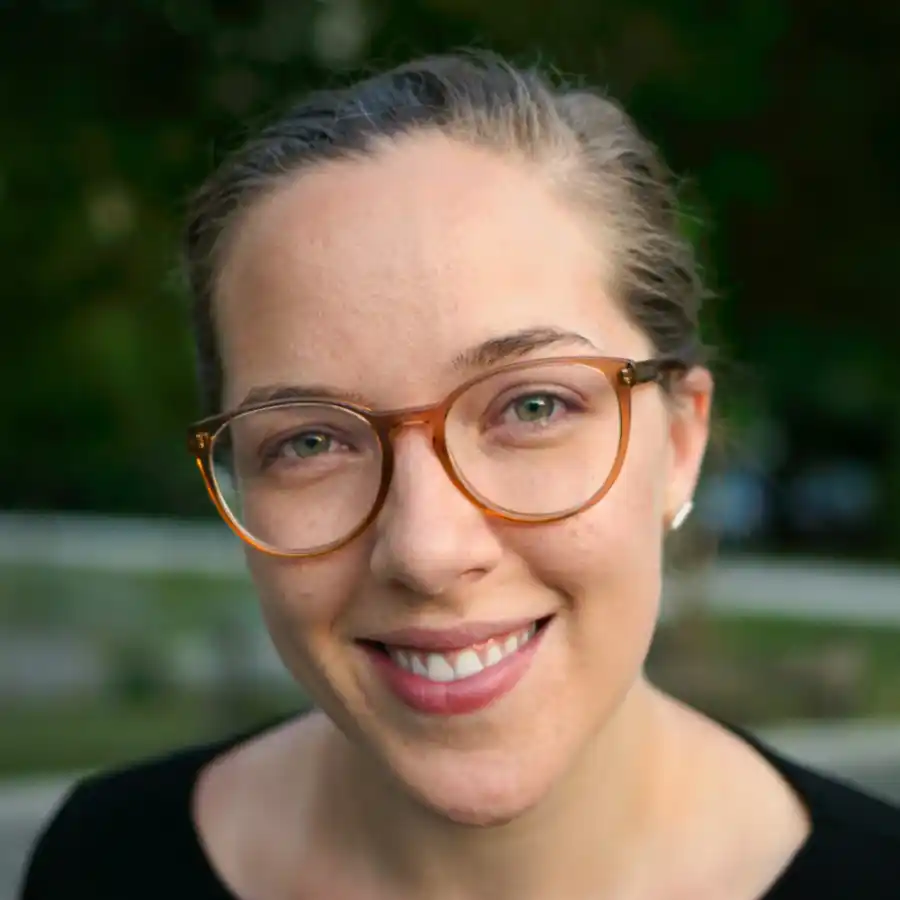Cosmic Collaboration: Students Join Forces to Bring the Invisible to Life
Every moment of every day, invisible particles from space pass silently through your body. Traveling to Earth at nearly the speed of light, cosmic rays are everywhere but detectable only through specialized tools. But now—thanks to a partnership that blends science with design—the public can see, hear, and feel the celestial phenomenon firsthand through an immersive exhibit created by interior architecture and physics students.
The multisensory installation—Cosmic Rayn: Seeing the Unseen—is the culmination of a yearlong project led by Assistant Professor of Physics Lawrence Lee and Professor David Matthews from the School of Interior Architecture. Funded by a $1 million National Science Foundation CAREER Award granted to Lee, the project reflects the university’s increasing emphasis on experiential learning, giving students the chance to turn classroom theory into real-world applications.
Read the rest of the story at the College of Architecture and Design website.
